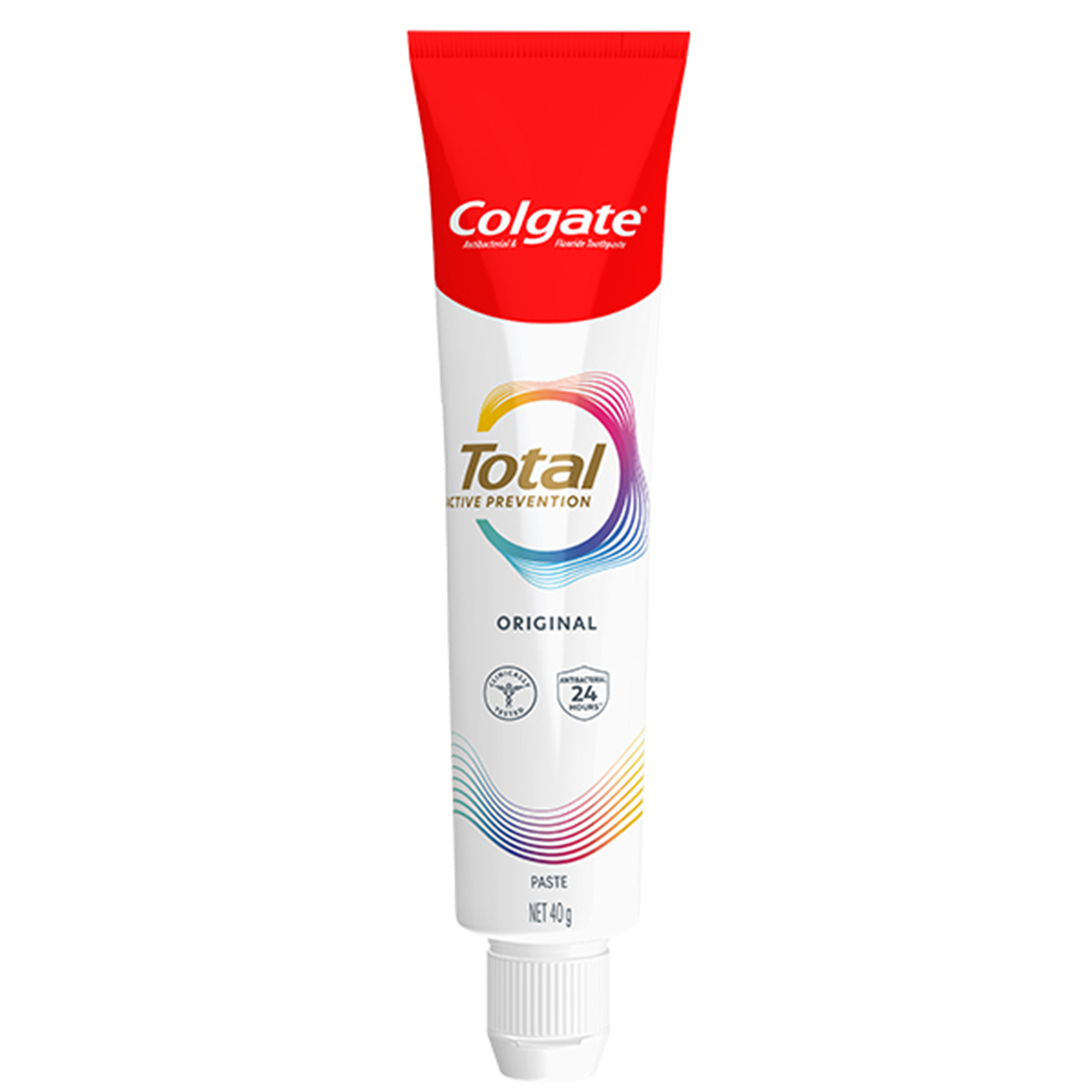-
-

BRUSHING & FLOSSING
How to BrushWhat Is the Right Way to Brush?
Proper brushing takes at least two minutes — that's right, 120 seconds!...

BRUSHING & FLOSSING
How To FlossWhat is the Right Way to Floss?
Proper flossing removes plaque and food particles in places where a toothbrush cannot easily reach... -
Science & Innovation
- Colgate® | Toothpaste, Toothbrushes & Oral Care Resources
- Oral Health
- Periodontal Charting: What It Is & Why It's Important


Have you ever gone to the dentist's surgery for an examination and noticed that the dental professional was taking measurements of your gums? Are you curious what all the poking and prodding was about? Read on for an explanation of why it's important to check your gums as part of regular preventative care.
What is periodontal charting?
Periodontal charting is a way of assessing the health of your gum tissue.
Your dental professional will gently insert an instrument called a probe between the tooth and the gum tissue around it. The probe has markings on the side, similar to a tape measure, which will show how deep the probe can reach into the space. They'll take a measurement at six points around each tooth to ensure all areas are covered, and then record the measurements on a periodontal chart (or call them out for their assistant to record). They will also note whether your gums bleed when probed.
Healthy gum tissue fits snugly around the teeth, so you would expect the probe to reach 1-3mm at most. If the probe reaches a depth of 4mm or more, this is a sign that gum disease is causing the gum tissue to pull away from the tooth. In severely diseased areas, probing depths can sometimes reach up to 12mm. These problem areas are referred to as periodontal pockets.
Your dental professional will notify you if any areas of concern are discovered. Depending on the results, you may be offered oral hygiene advice, therapeutic products, or further treatment. You may also be given a copy of your periodontal chart to take home.
Why are gum tissue charts important?
According to Health Direct, one in three Australian adults has moderate to severe gum disease. Periodontal charting is an important step in detecting and treating this condition.
Gum disease occurs when plaque bacteria build up and cause inflammation of the gums. As it progresses, it can lead to the periodontal pockets discussed above, which harbour bacteria and food debris and are difficult to keep clean at home. If left untreated, gum disease can eventually lead to the loss of the periodontal tissues and bone that hold your teeth in place, and may eventually lead to tooth loss.
Gum disease can be painless, so it may go undetected without routine periodontal charting and preventative oral care. Common symptoms include red, swollen or sensitive gums that bleed easily, especially when brushing or flossing. Another classic sign is gum recession, where the gums appear to pull away from the teeth.
What can you do to keep gum tissue measurements in a healthy range?
Home oral care plays an important role in controlling plaque and keeping your periodontal chart looking positive. Brush twice a day with a fluoride toothpaste and clean in between your teeth daily using floss or interdental cleaners. Be sure to gently brush your gums as well as your teeth so that you don't miss any plaque at the gum line.
Scheduling regular dental check-ups is another essential part of keeping your teeth and gums healthy for life. Twice-yearly appointments allow your dental professional carry out regular professional cleanings and periodontal charting, keeping plaque under control and spotting any problems early on. If you have gum disease, they will also be able to offer you advanced treatments like scaling or root planing to restore your healthy smile as quickly as possible.
Related Articles
This article is intended to promote understanding of and knowledge about general oral health topics. It is not intended to be a substitute for professional advice, diagnosis or treatment. Always seek the advice of your dentist or other qualified healthcare provider with any questions you may have regarding a medical condition or treatment.
Related Products

Helping dental professionals
More professionals across the world trust Colgate. Find resources, products, and information to give your patients a healthier future











